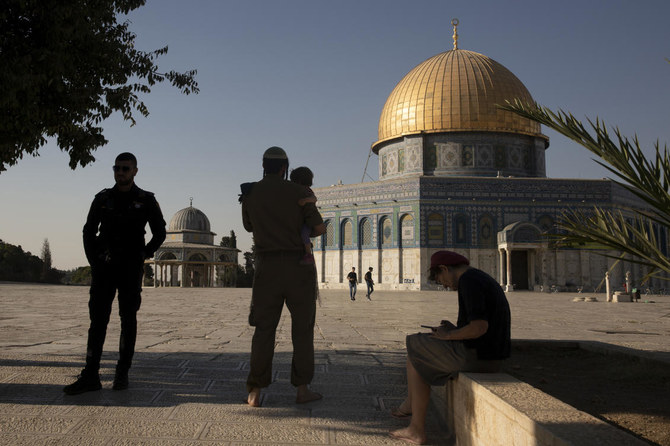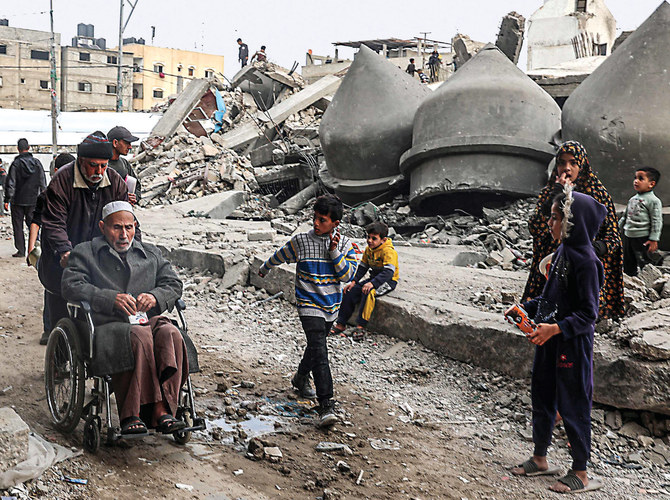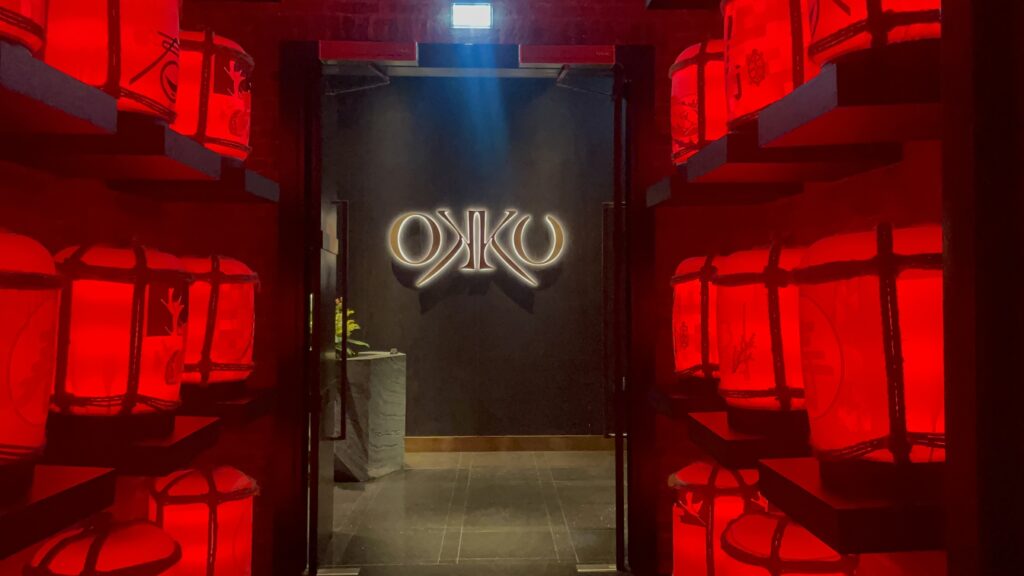JERUSALEM: As police protected them, three Jewish men stepped forward, placed their hands out at chest level and began reciting prayers in low tones in the shadow of Jerusalem’s golden Dome of the Rock.
Jewish prayers at Jerusalem’s most sensitive holy site, known to Jews as the Temple Mount and to Muslims as the Noble Sanctuary, were once unthinkable. But they have quietly become the new norm in recent years, flying in the face of longstanding convention, straining a delicate status quo and raising fears that they could trigger a new wave of violence in the Middle East.
“What is happening is a blatant and dangerous violation of the status quo,” said Sheikh Omar Al-Kiswani, a top official with the Waqf, the Jordanian-backed Islamic trust that administers the site. “The Israeli police must stop providing protection to extremists.”
The hilltop compound is the holiest site for Jews, revered as the location of two ancient temples destroyed in antiquity. Three times a day for 2,000 years, Jews have turned to face it during prayers. It also is home to the Al-Aqsa Mosque, the third-holiest site in Islam.
Israel captured the hilltop, along with the rest of east Jerusalem and the walled Old City, in the 1967 Mideast war and later annexed it, a move that was not recognized by most of the international community. The Palestinians seek east Jerusalem as capital of a future independent state.
The flashpoint site is the emotional epicenter of the Israeli-Palestinian conflict. Many rounds of deadly fighting in the decades-long conflict have erupted around it. The most recent was in May, when an Israeli police crackdown on stone-throwing Palestinian protesters inside the mosque helped precipitate an 11-day war between Israel and Hamas in the Gaza Strip and violent upheaval in Israeli cities.
Since 1967, a loose set of rules known as the “status quo” have governed day-to-day operations at the site. Any actual or perceived changes to the status quo has the potential to ignite violence.
For decades, Jews avoided worship at the site for religious reasons. Many leading rabbis, including the country’s Chief Rabbinate, ruled after the 1967 war that Jews “should not enter the entire area of the Temple Mount” out of concern for ritual impurity and uncertainty over the exact location of the ancient Temple’s holy of holies.
But attitudes are changing, particularly among Israel’s hard-line, religious nationalist right wing.
Amnon Ramon, a senior researcher at the Jerusalem Center for Policy Research, said the issue of Jewish prayer has transformed in recent decades “from a matter that was on the fringe to a subject in the mainstream for the religious nationalist public.” Most in that community appears to support some degree of Jewish worship there, as do a growing number of ultra-Orthodox Jews.
New Prime Minister Naftali Bennett, who leads a small, hard-line religious party, caused an uproar last month on the Jewish fast day of Tisha B’Av when he said Israel was committed to protecting “freedom of worship” for Jews at the compound. His office quickly issued a clarification stating there was “no change whatsoever” in the status quo.
Rabbi Eliyahu Vebr, head of the Temple Mount Yeshiva, said that for over a year, he has entered the site daily, most of the time with at least 10 Jewish men necessary for a group prayer.
“So long as things are not conspicuous, in a way that disturbs, the police allow it,” he said.
AP






















